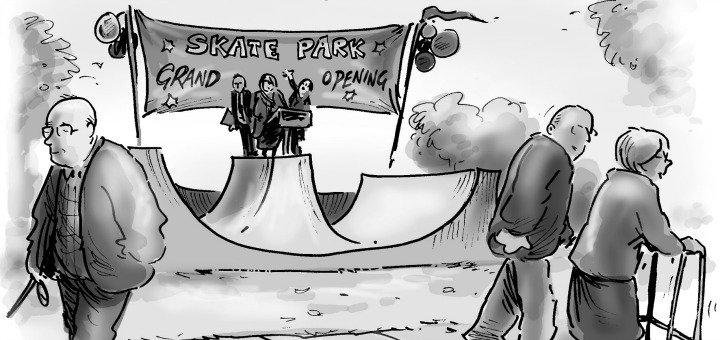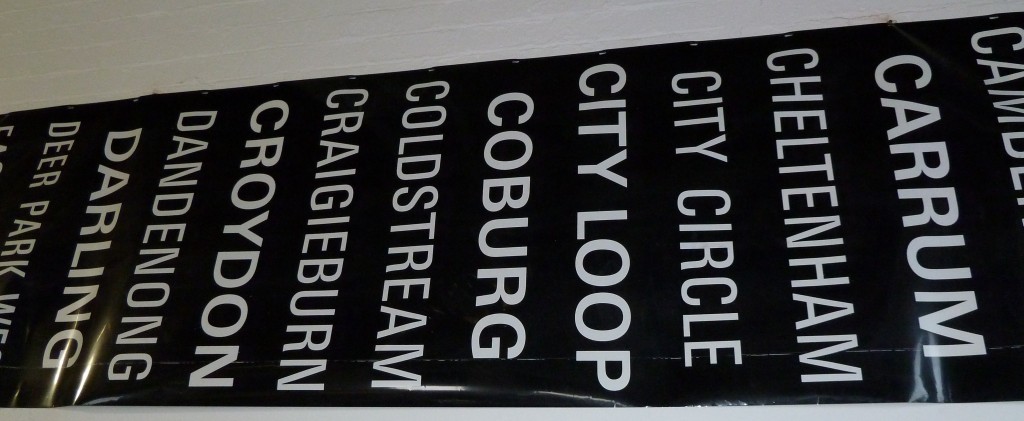The Victorian State Government’s “Big Housing Build” announcement was widely well received, but left some in Local Government wondering what role they’ll be able to play. In this blog, Nenad breaks down the “Build” project and how Local Governments can be involved.
Work in Local Government?
.id has been supporting Local Government housing strategies for more than 20 years. We work with Local Government partners to build, analyse and monitor a local evidence base for use in policy and advocacy work. Read more about how we might help you.
In late 2020, the Victorian State Government announced its $5.3 billion “Big Housing Build” programme, the biggest social housing investment in the state’s history. The project aims to benefit Victorians not just by providing social and affordable housing, but also thousands of jobs.
The Big Housing Build Overview
This project is Victoria’s largest investment in the social housing system and will include:
- $5.3 billion in new, additional investment
- 9,300 social homes and 2,900 mainly affordable homes*
- $1.38 billion, delivered through the Social Housing Growth Fund over the next four years to support up to 4,200 new dwellings.
* Affordable housing refers to housing which aims to allow low to moderate-income households to enter the private housing market.
If all goes well, “the Build” will result in a 10% growth of Victoria’s housing system by the end of the program. An increase in social housing will create a safety net for low-income and in-need Victorians, and create safe and secure shelter while controlling and hopefully decreasing homelessness. The increase in affordable housing will give low- to moderate-income households an opportunity to buy their own home in areas with increased access to jobs and transport. The project is being managed by the newly formed Homes Victoria.
The Big Housing Build will be made up of “fast start” projects (that is, those built on public Homes Victoria land) and “strategic and partnership” projects, which will begin later. Fast start projects have already commenced, with the planned delivery of 500 new social housing properties and 540 new affordable and market homes.
Most of these projects are expected to commence in 2021 with completion by 2023/2024. Fast start sites include developments in Hawthorn, Ascot Vale, North Richmond, Ashburton, Heidelberg West and Flemington. The Heidelberg West development on Tarakan Street, for example, commences in the second half of 2021 and, by 2023, will replace the existing social housing dwelling stock with 130 dwellings in the form of townhouses and apartments. The rebuild aims to redesign the look of social housing in line with other housing stock in the area and help lessen the negative stigma around social housing.
Priority Local Government areas
Along with the fast start projects, the Big Housing Build will seek bids from priority areas, beginning in middle-ring suburbs but including and inviting input from all over Victoria. The idea is that the State Government will work with the private sector and Local Government authorities to spot purchase and bring forward large developments/ready-to-start construction and purchase existing residential properties across Victoria.
21 Local Government areas have been identified as priority areas where social and affordable housing is urgently needed:
This phase of the Big Housing Build will create 1,600 new social housing properties and 200 new affordable homes.
What input does local government have?
Beyond 2021, the Big Housing Build will work with the community housing sector to launch the “Social Housing Growth Fund” for housing projects led by community housing providers, resulting in up to 4,200 new homes. It is this phase of the Big Housing Build and for the remainder of the program where Homes Victoria aims to explore opportunities to build on surplus government-owned land and other sites which come up through collaboration with industry, community housing providers and Local Government. This is where we see the most opportunity for our Local Government partners to advocate for the provision of State government social and affordable housing, by presenting a complete and convincing evidence-based narrative which describes and quantifies local need for social and affordable housing.
Some of our Local Government clients already have social and affordable housing strategies. The City of Yarra, for example, has a comprehensive “Social and Affordable Housing Strategy” which can help them advocate for some of the Big Housing Build stock to be fast-tracked there. The City of Darebin, one of the 21 priority areas, are working on an affordable housing strategy and have in recent years even proposed (albeit unsuccessfully) to make it mandatory for all councils to adopt “inclusionary zoning”, requiring developers to include social and affordable housing in their projects.
Ideas and drives for social and affordable housing inclusion like Darebin’s are an indicator that many places have realised that social and/or affordable housing can (and should) co-exist with other private housing, and that good planning and community integration play an important roles. Attitudes to social housing are changing in many communities, moving on from immediate “not in my backyard” reactions that have characterised some areas in the past. We hope that this phase of the Big Housing Build helps materialise and accelerate some of these strategies.
How can councils position their affordable housing strategies and policies in preparation for the rollout?
At a recent PIA webinar, Homes Victoria representatives answered the above question by saying that although community housing providers will be their key partners, they also look forward to working with Local Governments, especially in areas where particular sites and identified developments are of interest to both parties. Strategies and policies created by Local Government authorities can help quantify what a good social outcome looks like for a particular community. These strategies will help the State Government consider their asset strategy, strategic allocation and priorities for projects, and also for any other funding that comes in the future.
Hearing the local view will also be beneficial for community housing providers, who will be looking for opportunities to partner directly with Local Government while identifying parcels of land and opportunities, some of which may not directly come up via conversations with Local Government. That last part was where some nervousness from Local Government and bodies such as the Municipal Association of Victoria (MAV) emerged following the announcement. It was thought that councils may not have the ability to appeal against decisions through VCAT if proposals went against council plans or community views. As it currently stands, the appeal process will still be available. Homes Victoria wrapped up the question by advising councils to be clear about
- priorities in their municipality and
- what they’d like to see community housing providers or Homes Victoria deliver.
What are you doing in Local Government?
Here at .id we have a strong interest in the influence and level of advocacy that Local Government plays with regard to social housing and affordable housing. We have helped many councils quantify affordable housing need and understand the challenges and opportunities that come with increasing demand for affordable housing in the face of dynamic demographic changes within their communities. (Every one of the priority Local Government areas identified by Homes Victoria already subscribe to our Community Profile tool, giving them a truly local view of their community demographics.) We always encourage councils to use that information as an evidence base in strategies or conversations with State government.
We are genuinely interested in understanding what you – the decision-makers working for the communities needing social or affordable housing – are working on and what questions you are trying to answer.
If you work in Local Government have any stories to share or questions to ask us, feel free to send us an email.









